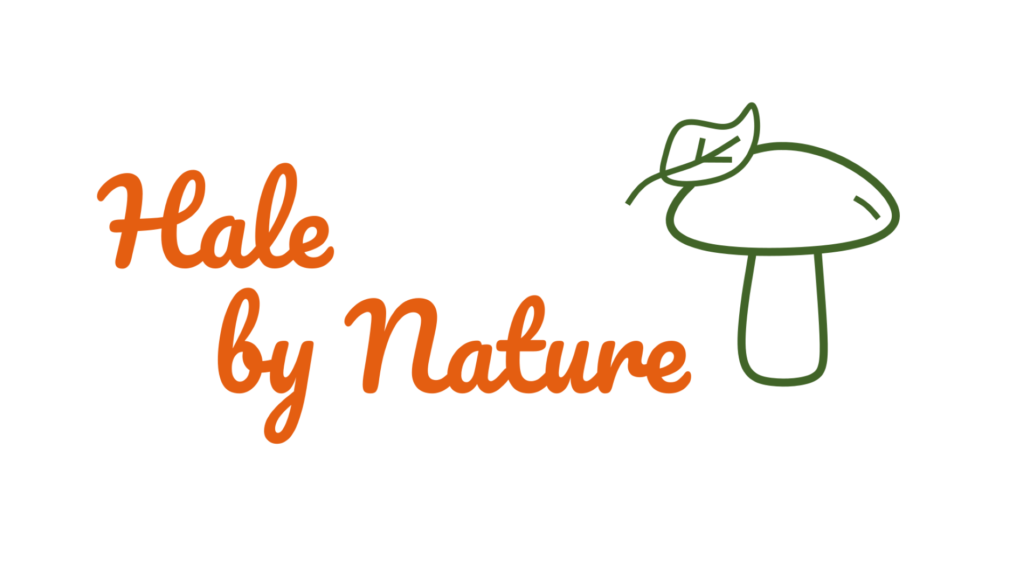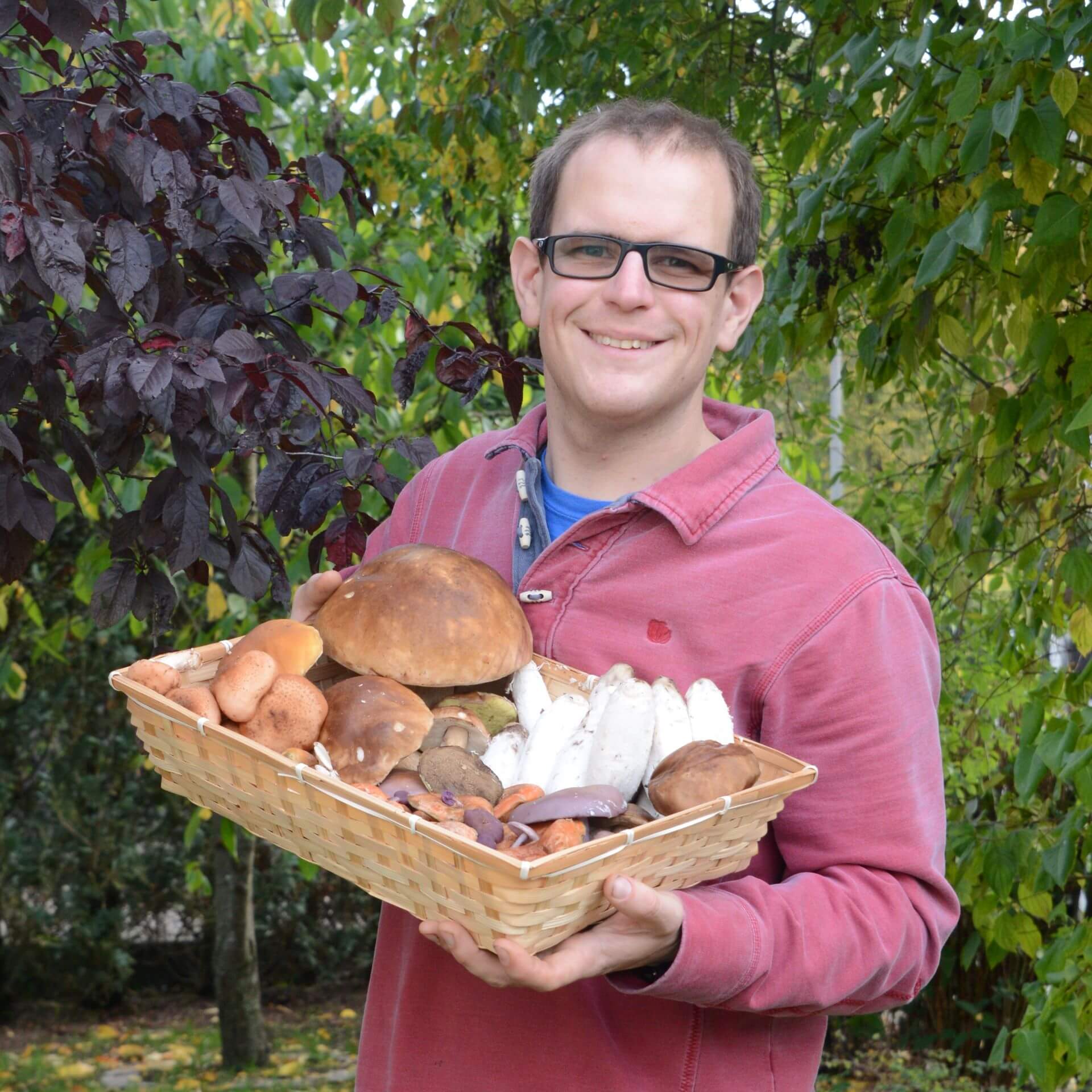

I am currently living in China and so I am not able to offer foraging courses.
Check out my Instagram for my previous posts from Europe and updates as I discover nature wherever I am.
8 Rules for Safe and Sustainable Foraging
Foraging is a fun and rewarding activity but it is essential that we always minimise the risks to ourselves, others and the environment.
- Never eat anything unless you are absolutely sure it is safe
- Make sure you are aware of the regulations in your country and local area – Laws relating to foraging vary in different countries but commonly on public land you are allowed to pick wild mushrooms and the leaves, flowers or fruit from wild plants but only for personal consumption. Stricter rules may apply in your country or in particular areas such as nature reserves.
- Don’t steal or trespass. That means for example, don’t take things from planted fields or peoples gardens without permission.
- Don’t pick rare or protected species. By definition, you will not come across rare species often, however they may be locally abundant. It can often be difficult to identify things in the field. When photos aren’t enough and you really do need to pick something you can’t identify, take just one sample. If it does turn out to be rare then make sure you report your find and its location to the relevant conservation authority. You could be contributing to science!
- Always consider your impact on the environment The greatest threat to plants, fungi and animals is destruction of their habitat but it is important to pick responsibly and avoid trampling ground or damaging other plants.
- Avoid possible sources of contamination. For example, some mushrooms can concentrate heavy metals released by vehicles so avoid foraging next to main roads.Plants can be contaminated with parasites from the urine or faeces of dogs and foxes or when growing in water downstream from livestock.
- Always cook wild food unless you are certain it is safe to eat raw. Cooking will make food safe from most parasites and bacteria and can make some otherwise toxic food safe. Note however that many toxins produced by some plants and mushrooms are not made safe by cooking.
- Always consider other risks. If you stick to the other rules then foraging becomes no more dangerous than any other walk in nature, however the joy of the search can easily distract from the general risks when outdoors.
- Ticks – Ticks can transmit a range of diseases; most notably Lyme Disease, Tick Borne Encephalitis and Babesiosis
- Falling trees and branches particularly in high winds and following storms
- Roads, rivers and cliffs


